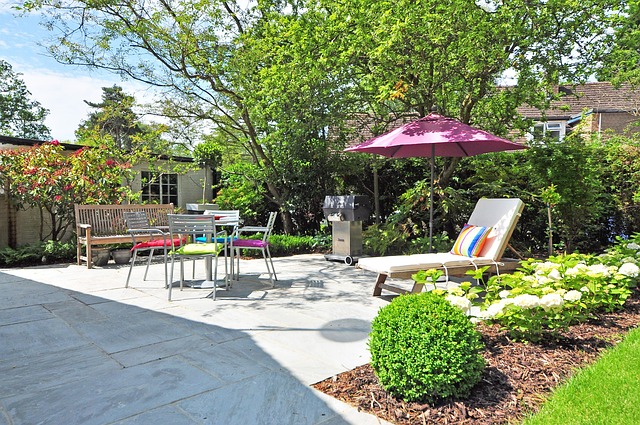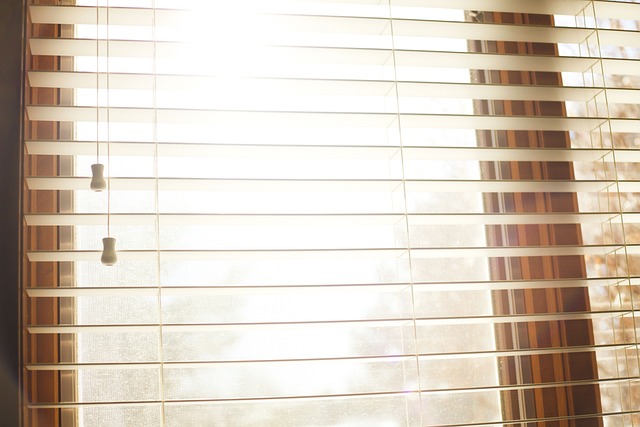Key Takeaways
- Developing a robust outdoor space enhances the beauty and functionality of your home.
- Understanding material options and planning a budget are crucial steps.
- Proper maintenance will extend the life and appeal of your outdoor structures.
Creating outdoor spaces like decks, porches, and garages can significantly boost the beauty and functionality of your home. Working with professional deck builders ensures that these structures are not only stylish but also structurally sound and durable. They bring expertise and a profound understanding of design, helping tailor an ideal outdoor area that seamlessly fits your home’s architectural style while addressing personal preferences.
To achieve the best results, it’s important to consider various factors such as materials, budgeting, safety, climate impacts, aesthetics, and maintenance. Within this guide, we will explore these considerations in-depth, aiming to assist you in making informed decisions for designing an outdoor space that enhances your lifestyle.
Designing Your Outdoor Space
Designing an outdoor space begins by clearly defining its intended use. Whether your goal is to entertain guests, create a peaceful retreat, or add storage and functionality through a new garage, knowing the primary purpose guides your design choices. A well-thought-out layout maximizes the usability of the space, integrating it seamlessly with the surrounding environment and home architecture. Consider incorporating multifunctional elements, such as a deck that also serves as a transition from indoor to outdoor areas or a porch that doubles as additional living space.
Choosing the Right Materials
Material selection plays a pivotal role in the longevity and aesthetic of your outdoor projects. Each material offers unique advantages and challenges. Natural wood, like cedar or redwood, provides a classic look that is appreciated for its beauty; however, it demands regular maintenance to prevent deterioration. Alternatively, composite materials, which combine wood fibers with plastic, offer enhanced durability with minimal maintenance and are available in a variety of colors to suit any design scheme.
Budgeting for Your Project
Creating a realistic and detailed budget is a critical step in your outdoor construction project. Start with a clear scope of your project and get estimates to understand the pricing components. Include not just materials and labor but also costs for potential permits and local taxes. It’s ideal to set aside a contingency fund of about 10-20% of the projected costs to cover unexpected expenses or upgrades. Knowing your budget limitations helps prioritize essential elements while allowing flexibility for modifications without financial strain.
Ensuring Structural Safety
Safety in outdoor spaces is non-negotiable, particularly as these structures are exposed to elements and foot traffic. Professionals well-versed with local building codes and regulations ensure your project complies with safety standards. These standards protect the integrity of the building and safeguard inhabitants from hazards related to structural failures. Additionally, conducting regular inspections to check the condition of fasteners and supports, especially in high-use areas, will help ensure the safety and well-being of everyone who uses the space.
The Role of Climate in Design
The local climate greatly influences both material selection and design considerations for your outdoor area. Splashing out on weather-resistant materials can prove invaluable in regions with heavy rain or snow. Ensuring proper drainage systems prevents water accumulation that can lead to damage. In regions that experience intense sun, consider adding shade structures or using materials that minimize heat absorption, ensuring the space remains comfortable year-round.
Incorporating Aesthetic Elements
Aesthetic elements breathe life into structural designs, transforming functional spaces into personal oases. Strategic use of lighting can create an atmosphere and offer extended usability of the space into the evening hours. Diverse plant selections around the decking area can bring in natural vibrancy. To give continuity to your home’s interior style, reflect design elements, such as color palettes and textures, in your outdoor space. With thoughtful integration, these features enrich both the beauty and utility of your outdoor areas.
Maintenance Tips for Longevity
Routine maintenance preserves the condition and appearance of your outdoor installations. For wood decks, regular cleaning followed by sealing or staining guards against moisture and UV damage. Similarly, ensure that joints and fasteners on composite decks are secure. These practices not only prolong the life of your investments but also ensure safety standards are consistently met, providing longevity and continuous enjoyment.
The Environmental Impact
As environmental consciousness grows, opting for eco-friendly materials and construction practices becomes increasingly compelling. Recycled composites, sustainably harvested wood, and implementing energy-efficient practices are small steps with significant impact. Engage with articles for detailed insights into incorporating sustainability into your construction plans. Choosing green building materials and practices not only benefits the planet but can often provide cost savings in the long run through better energy efficiency and reduced maintenance requirements.




